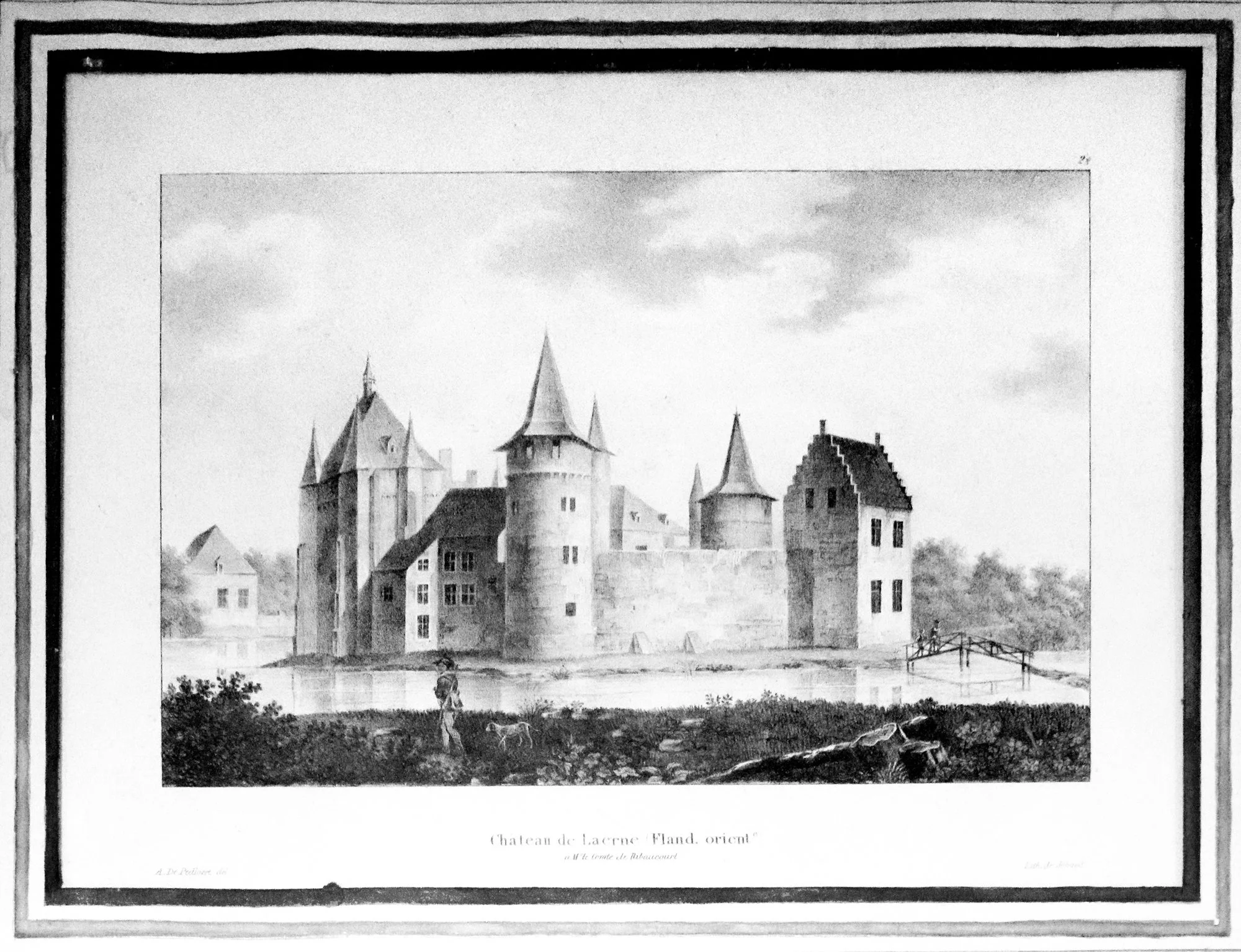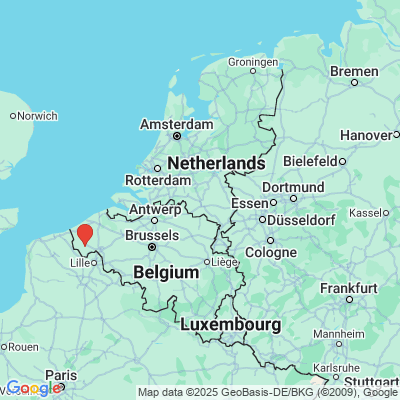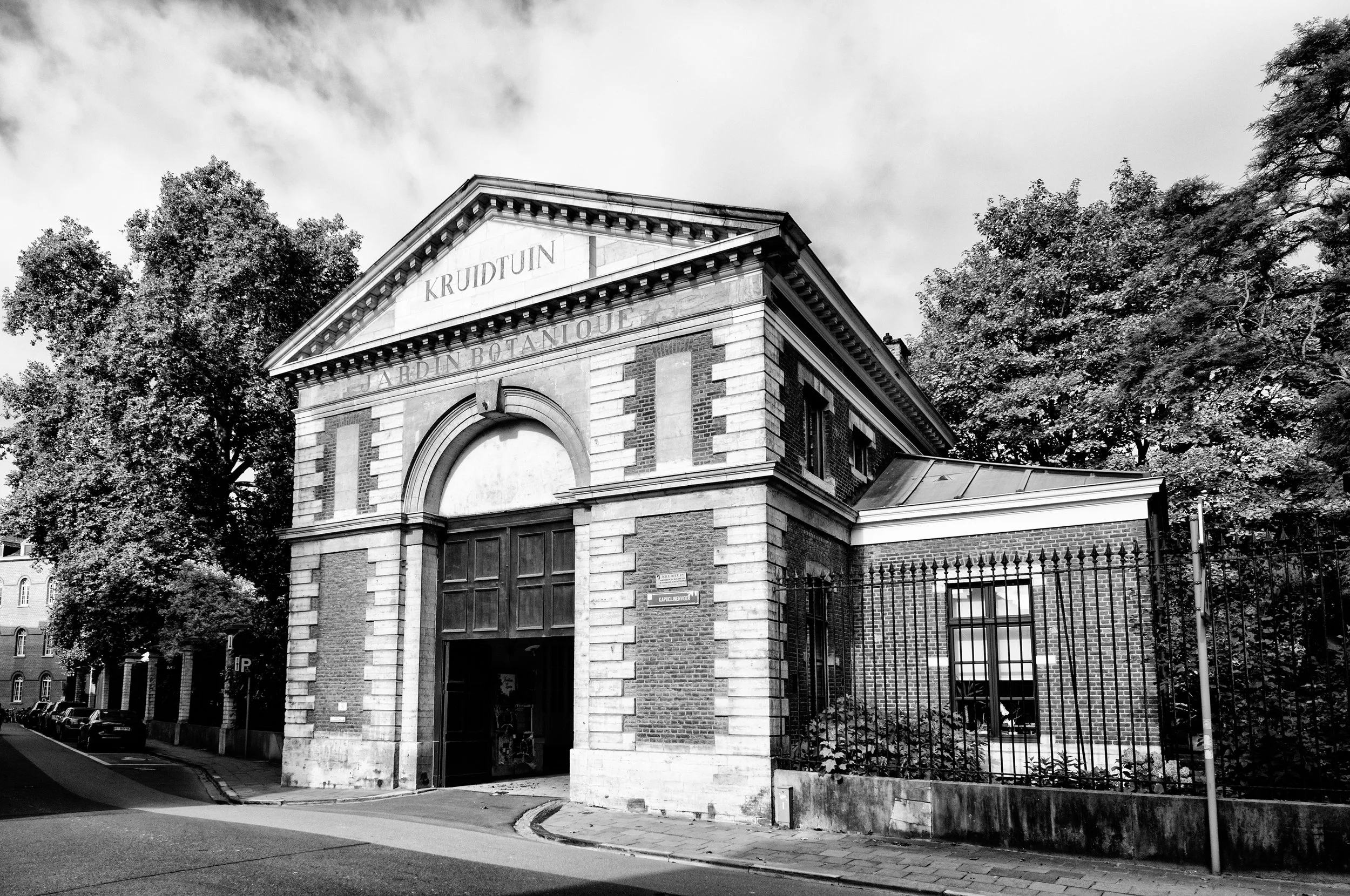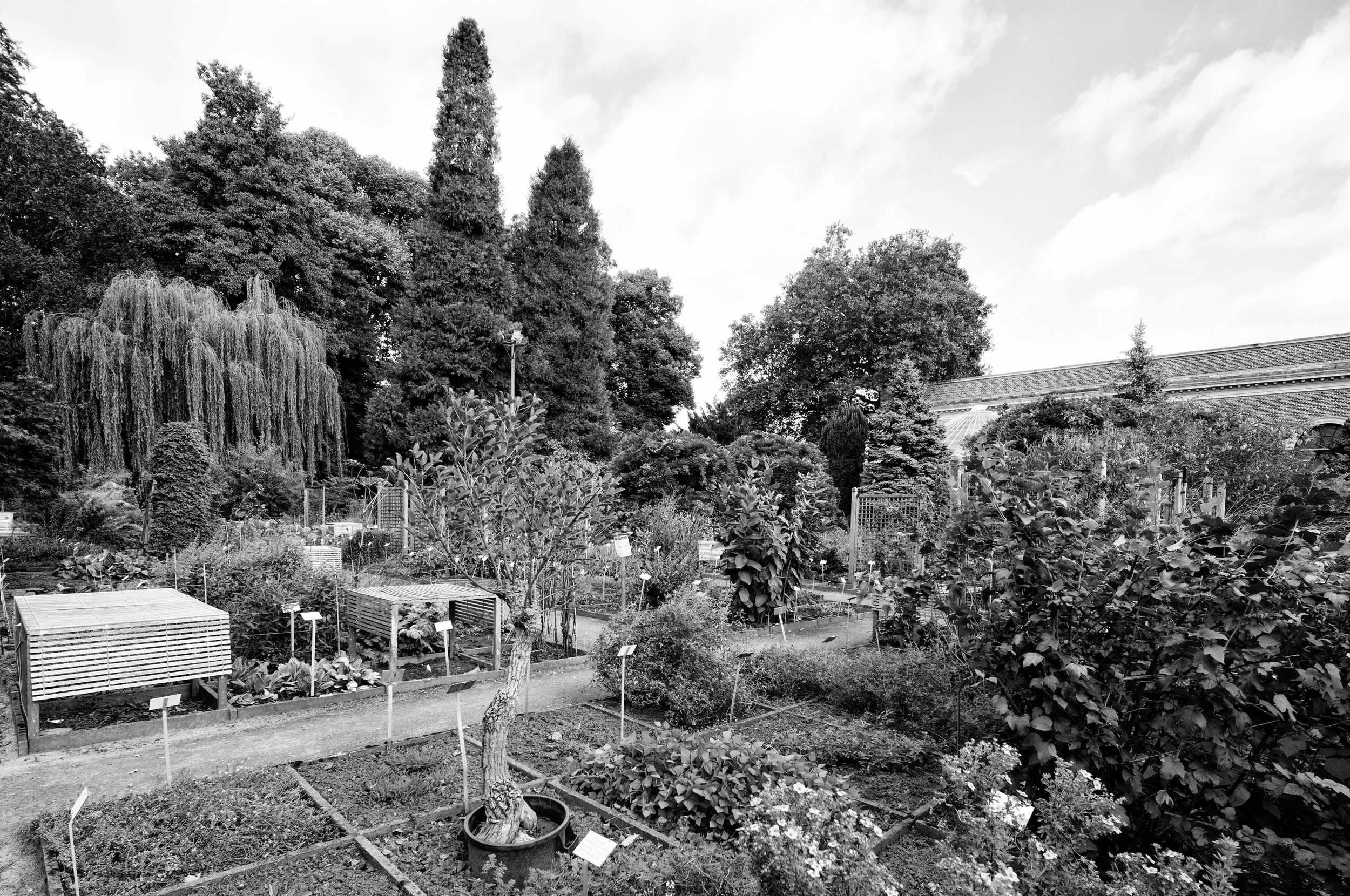Statue of Fiere Margriet inside St. Peter’s Church (Leuven).
In the heart of Leuven, Belgium, the story of Margaretha van Leuven—lovingly called Fiere Margriet, “Proud Margaret”—has never stopped stirring hearts. Her life, and the miracle that followed her death, are woven into the city’s streets and churches.
The Tale of a Brave Young Woman
According to tradition, Margaretha was a devout young woman in the late Middle Ages. On her way home one evening she was attacked by robbers near the river Dijle. Rather than flee, she stood firm—fiere, proud and fearless—protecting her virtue and faith. Tragically she was killed and thrown into the river.
The current carried her lifeless body downstream until, as legend has it, the waters stilled of their own accord. Citizens, drawn by a mysterious light, recovered her body and laid her to rest with honor. Her steadfast courage and the miraculous calm of the river transformed her from victim into symbol: of dignity, bravery, and divine grace.
Canonization and Official Veneration
The veneration that sprang up around Margaretha’s grave grew steadily, drawing pilgrims and inspiring countless accounts of intercession. Recognizing the depth and persistence of this devotion, the Church eventually formally canonized Fiere Margriet, confirming her as a saint of the universal Church. Her name entered the liturgical calendar, and her Leuven shrine became an officially sanctioned place of pilgrimage. This canonization not only affirmed the miracle of her death and the virtues of her life, but also secured her enduring place among the saints who exemplify courage and purity.
A City’s Enduring Devotion
Leuven quickly embraced Fiere Margriet as a local saint. A chapel was built on the site where her body was found, and pilgrims came to seek her intercession for protection and courage. Her feast day has long been a moment of local pride and remembrance.
Inside St. Peter’s Church, a serene statue of Fiere Margriet keeps watch, while a beautifully crafted reliquary shrine preserves her relics. These twin focal points—sculpture and shrine—invite visitors to contemplate a young woman whose faith and defiance turned tragedy into timeless inspiration.
Legacy of Light
Fiere Margriet’s story continues to resonate in Leuven’s cultural memory. Streets and squares bear her name; processions and quiet prayers keep her legend alive. She embodies the strength to remain steadfast when confronted with violence and injustice—a message as powerful today as it was centuries ago.
The reliquary of Fiere Margriet in Leuven’s St. Peter’s Church.




























